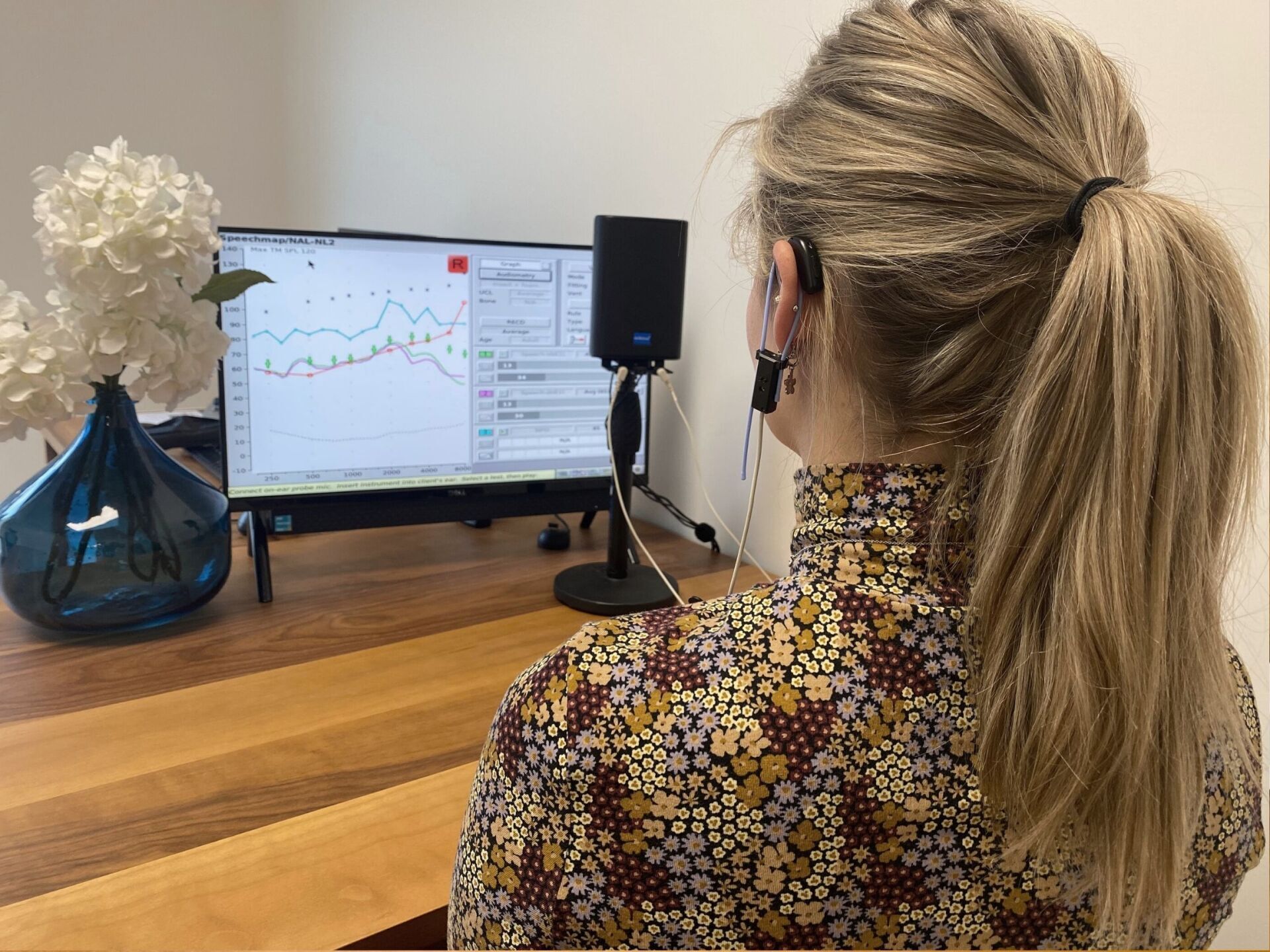Occupational deafness
Occupational deafness can have a significant impact on your life and career. If you are exposed or have already been exposed to high levels of noise in your workplace, know that you could take steps with the Commission for Standards, Equity, Health and Safety at Work (CNESST ) in case of hearing problem.
What is occupational deafness?
Occupational hearing loss is a condition in which a person experiences hearing loss due to prolonged exposure to high levels of noise at work. It can be caused by a variety of factors, such as work tool noise, machinery noise, and vehicle noise. Occupational hearing loss can negatively impact a person's professional and personal life, reducing their ability to hear and communicate with others.
Who can apply for occupational deafness?
Occupational deafness can affect anyone exposed to high levels of noise at work. This may include manufacturing workers, construction workers, aviation workers, professional musicians, physical education teachers, police officers, firefighters, truck drivers, etc.
You can take steps with the CNESST even if you are now retired or the company for which you worked has closed its doors.
Compensation for occupational deafness
Compensation for occupational deafness by the CNESST (Commission for Standards, Equity, Health and Safety at Work) is a form of financial compensation intended for workers who have suffered hearing loss due to occupational deafness. prolonged exposure to high levels of noise in the course of their work.
- The CNESST can cover the cost of two hearing aids (depending on the worker's needs). The CNESST covers the costs of all adjustment and maintenance services as well as products and batteries. The CNESST authorizes the renewal of hearing aids every 5 years. Hearing loss compensation: Depending on your file, you could receive financial compensation for "loss of enjoyment of life" related to your occupational hearing loss.
Procedures for opening the file with the CNESST- Professional Deafness
If you think you are eligible for compensation for occupational deafness from the CNESST, it is important to follow the appropriate steps to file a request.
- Complete hearing test with the audiologistOpening the file at the CNESST by the ENT doctorCompleting the CNESST forms (The hearing aid specialist at the clinic can help you fill out the forms)
You will need to provide proof of your hearing loss and how it relates to your work, as well as information about your employer and the working conditions in which you were exposed to noise.
4. Wait for the CNESST eligibility decision by mail. Delivery times may vary from region to region.
If your application is approved, you may receive financial compensation to cover costs associated with your hearing loss, such as treatment fees and lost income. To find out more about compensation for occupational deafness from the CNESST and how to file a request, do not hesitate to contact our specialized hearing clinic. We can help you navigate the application process and get your questions answered.









